Swedish Food Dishes: Basic Overview
Common Ingredients
Common Cooking Methods
Courses
Meals
Key Taste
Eating Etiquette
Meal Presentation
Culinary Festivals
Influence and Fusion
Popular Types of Swedish Dishes
-
Cakes and pastries
Swedish cakes and pastries are a real treat, often enjoyed during coffee breaks known as fika.
They range from sweet, fluffy buns filled with cream and almond paste to dense, chocolatey cakes that are a hit at any gathering.
These treats come in various shapes and sizes, with some wrapped in colorful marzipan or dusted with powdered sugar.
-
Sandwiches
Swedish sandwiches go beyond the ordinary, featuring open-faced delights loaded with fresh toppings like shrimp, eggs, and crisp vegetables.
These sandwiches are a staple on both casual and festive occasions.
-
Fried dishes
Fried foods in Swedish cuisine, from crispy potato pancakes served with lingonberry jam to savory meatballs, are a must at any Swedish dinner table.
These dishes are usually pan-fried to perfection, offering a mix of textures and flavors, with a side of pickled or fresh accompaniments to cut through the richness.
-
Fermented dishes
In Sweden, fermented dishes hold a special place, especially for fish.
Pickled herring is a classic example, soaked in a flavorful brine that gives it a sweet, tangy, and slightly salty taste.
These dishes are often served during major holidays like Midsummer and Christmas.
Swedish dishes are delicacies belonging to the northern European nation of Sweden. The mainstays of Swedish cooking include dairy products, breads of various grains, berries, stone fruits, beef, chicken, pork, and seafood, particularly herring and salmon.
Dishes from this Northern European country have many things in common with Danish dishes and Norwegian culinary gems due to the shared history and cultural links.
The main tastes often balance sweet and savory, evident in dishes like meatballs served with lingonberry jam. Traditional cooking methods range from baking and boiling to pickling and smoking, reflecting the country’s need to preserve food for the long winters.
The cuisine includes hearty meals like stews and casseroles, lighter fare such as open-faced sandwiches, and a notable emphasis on sweets and baked goods, especially during festivals and holidays.
Join me as I uncover the secrets of traditional Swedish food, explore how it’s gained popularity, and understand what makes it unique and healthy.
Along the way, we’ll also delve into the historical roots of Swedish dishes, the essence, and transformation of traditional Husmanskost, its role in festivals, dining etiquette, and the tradition of pairing dishes with complementary beverages.
Let’s start our delicious journey now!
28 Most Popular Swedish Dishes with Filters
Check out these 28 Swedish favorites, organized from most to least beloved. With the filter function, you can navigate through choices based on ingredients, taste profiles, preparation methods, dish varieties, and dining occasions.
This feature helps you uncover everything from timeless classics and popular national dishes to street food specialties.
Köttbullar
- National
- Street Food
- Traditional
Köttbullar, often recognized as Swedish meatballs, is a traditional Swedish dish of seasoned meatballs made from beef and pork. The meatballs are typically served with gravy and lingonberry jam and are sometimes accompanied by mashed potatoes.
Köttbullar is known for its rich and flavorful taste, with a tender texture from the unique blend of meats and seasonings.
This dish is a staple of Swedish cuisine. It is often enjoyed during festive occasions, particularly at Christmas celebrations, where it forms part of the traditional julbord, a Swedish holiday buffet.
Kanelbullar
- Street Food
- Traditional
Kanelbullar, or kanelbulle, a Swedish cinnamon roll, is a beloved bakery staple in Sweden. This sweet pastry is made from a soft, yeasted dough enriched with butter and sugar, which is then spread with a filling of butter, cinnamon, and sugar before being rolled, sliced, and baked.
The resulting bun is soft, with a distinct sweet and spicy flavor from the cinnamon, often topped with granulated sugar or large sugar pearls.
Kanelbullar is also a cultural icon, celebrated annually on October 4th during Kanelbullens Dag (Cinnamon Roll Day), a testament to its enduring popularity in Swedish cafés and homes.
Kräftor
- Traditional
Kräftor, or Swedish crayfish, is a traditional delicacy in Sweden, particularly savored during the late summer months. These small, freshwater crustaceans are prepared by boiling in a brine seasoned with a mix of dill and other spices, resulting in a distinctive, aromatic flavor.
The taste of kräftor is mildly sweet and succulent, often enjoyed cold and accompanied by a range of side dishes and condiments, including bread, cheeses, and salads.
Kräftor is at the heart of kräftskivor (crayfish parties), a cherished Swedish tradition that involves outdoor feasting and merriment, typically held in August to celebrate the crayfish season. Festive decorations, including moon-shaped lanterns and colorful hats, mark these gatherings.
Smörgåstårta
- Traditional
Smörgåstårta, translated as “sandwich cake,” is a unique and visually striking dish in Swedish cuisine, resembling a cake but made entirely of savory ingredients.
This dish layers various breads with creamy fillings, such as mayonnaise-based salads, cold cuts, cheeses, and vegetables. Decorated elegantly with toppings like cucumber, tomato, eggs, and dill, smörgåstårta is a feast for the eyes and the palate.
It’s a celebratory food, often served on special occasions such as birthdays, anniversaries, and company events. While the traditional smörgåstårta is enjoyed year-round, its presence is particularly noted during significant gatherings.
Gravlax
- Traditional
Gravlax, traditionally known as gravad lax, is a classic Swedish dish featuring salmon cured using a mixture of salt, sugar, and dill. This preparation technique imparts the salmon a delicate, slightly salty, and sweet flavor.
Gravlax is often thinly sliced and served as an appetizer, accompanied by a dill and mustard sauce called hovmästarsås, on bread, or with boiled potatoes.
This dish is a staple of the Swedish smörgåsbord and is especially popular during festive occasions such as Christmas, Easter, and Midsummer celebrations, where it is enjoyed for its refined taste and elegant presentation.
Jansson’s Temptation
- Traditional
Jansson’s temptation, known in Swedish as Janssons frestelse, is a beloved traditional Swedish casserole that combines julienned potatoes, onions, pickled sprats (a type of small fish), and cream.
Baked until golden brown, this dish develops a rich, creamy texture with a unique, slightly tangy, and salty flavor profile due to the sprats, similar to anchovies.
Jansson’s temptation is a comforting dish often found on the Swedish dinner table, particularly during Christmas and other special occasions.
Its comforting and hearty nature makes it a favorite during the cold Scandinavian winters, providing a warming and satisfying culinary experience.
Prinsesstårta
- Traditional
Prinsesstårta is a classic Swedish layer cake that presents a visually stunning and delightful taste experience. It is characterized by its bright green marzipan covering, which encases layers of airy sponge cake, rich pastry cream, and a thick layer of whipped cream.
A distinctive pink marzipan rose often adorns the top, adding to its elegant presentation. Prinsesstårta is celebrated for its light, sweet, and creamy flavor profile, making it a popular choice for birthdays and other special celebrations.
This traditional cake is especially associated with the third week of September, known as “Prinsessveckan” (Princess Week), due to its historical connections to Swedish royalty.
Toast Skagen
- Traditional
Toast skagen, named after a fishing port in Denmark, is a Swedish culinary classic that consists of a mixture of prawns or small shrimp, mayonnaise, and fresh dill, often enhanced with a touch of mustard or lemon, heaped on top of a toasted slice of bread.
Topped with a dollop of caviar, it’s a dish that balances the sweetness of the seafood with the creamy, tangy dressing.
Toast skagen is a beloved appetizer in Sweden and is commonly served at festive occasions and gatherings, where it is appreciated for its refined flavors and easy elegance.
Pickled Herring
- Traditional
Pickled herring, in Swedish known as “inlagd sill,” is a traditional dish deeply rooted in Swedish cuisine, particularly significant in celebrations such as Midsummer, Christmas, and Easter.
This dish involves herring fillets cured in a brine and then pickled in a vinegar-based solution that often includes sugar, onions, and various spices, resulting in a balance of sweet, salty, and tangy flavors.
There are numerous variations of pickled herring in Sweden, with some popular ones being mustard herring (senapssill) and onion herring (löksill), each offering a unique twist on the classic pickled taste.
Knäckebröd
- Traditional
Knäckebröd, or crispbread, is a staple made primarily from wholemeal rye flour, water, salt, and yeast in Swedish households. This crisp and airy bread is distinguished by its large size and hole in the center, which is traditionally used for storage on long poles above the hearth.
Knäckebröd has a mild, slightly nutty flavor that pairs well with various toppings, from butter and cheese to smoked salmon and ham.
While it is consumed throughout the year, knäckebröd plays an essential role during the traditional Swedish smörgåsbord and is a must-have accompaniment to many Swedish dishes.
Semla
- Street Food
- Traditional
Semla, also known as “fastlagsbulle” or “fettisdagsbulle,” is a traditional Swedish pastry that has become synonymous with Fat Tuesday (Fettisdagen) and the Lenten season.
This soft, cardamom-spiced wheat bun is sliced in half and filled with a mix of milk-soaked bread crumbs, almond paste, and whipped cream, topped with powdered sugar.
The taste of a semla is a delightful combination of the sweet almond paste and cream with the aromatic cardamom-flavored bun.
Once a simple treat for Shrove Tuesday, semla is now enjoyed from after Christmas through Easter, with variations including serving it in a bowl of warm milk, known as “hetvägg.”
Kladdkaka
- Traditional
Kladdkaka, often translated to “sticky cake” in English, is a beloved Swedish dessert known for its dense, moist interior and crisp exterior.
Resembling a cross between a brownie and a cake, this treat is characterized by its rich chocolate flavor and gooey center, achieved by a short baking time.
Kladdkaka is typically served with a dusting of powdered sugar and is often accompanied by whipped cream or vanilla ice cream. While it’s enjoyed year-round, its simplicity and comforting taste make it popular for casual gatherings and cozy fika breaks.
Lussekatter
- Traditional
Lussekatter, or “saffron buns,” is a traditional Swedish pastry associated with the Advent season, particularly St. Lucia’s Day on December 13th.
These sweet buns are made from a rich, yeasted dough flavored with saffron and occasionally other ingredients like raisins or currants, which impart a distinct golden-yellow hue and a subtle aromatic taste.
Shaped into an “S” or other intricate forms, lussekatter is a festive treat enjoyed during the lead-up to Christmas, symbolizing the return of light during the dark Scandinavian winter months.
Pepparkakor
- Traditional
Pepparkakor are traditional Swedish ginger cookies, known for their thin, crisp texture and richly spiced flavor. Made with a blend of ginger, cloves, and cinnamon, these cookies offer a warm, slightly spicy taste that is particularly beloved during Christmas.
Pepparkakor are often intricately decorated or shaped like hearts, stars, and other motifs, adding to their festive appeal.
They are a staple of the Swedish Christmas celebration, enjoyed alongside glögg (mulled wine) and often used as ornaments or in gingerbread house constructions.
Pannkakor
- Traditional
Pannkakor, the Swedish version of pancakes, is a beloved part of Swedish cuisine, enjoyed as both a dessert and a main dish. Unlike the thicker American pancakes, Swedish pannkakor are thin and crepe-like, with a light, buttery flavor.
They are typically served rolled or folded with sweet toppings such as jam, whipped cream, or fresh fruits. While pannkakor can be enjoyed at any time, they are particularly associated with Thursdays in Sweden, following the tradition of eating pea soup as a main course, with pancakes as dessert.
Chokladbollar
- Street Food
- Traditional
Chokladbollar, directly translated to “chocolate balls,” is a popular Swedish confectionery treat. These no-bake delights are made from oats, sugar, cocoa powder, vanilla extract, and butter, often with a splash of coffee to enhance the chocolate flavor.
The mixture is rolled into balls and then coated in desiccated coconut or pearl sugar, offering a sweet, slightly chewy texture with a rich cocoa taste.
Chokladbollar, known as fika, are a staple at Swedish coffee breaks, enjoyed year-round, often made at home, and loved by all ages.
Räkmacka
- Street Food
- Traditional
Räkmacka, or the Swedish shrimp sandwich, is a luxurious open-faced sandwich with a special place in Swedish cuisine, often found in cafes and restaurants throughout Sweden.
This delicacy consists of a generous layer of hand-peeled shrimp on top of buttered bread, adorned with accompaniments such as mayonnaise, boiled eggs, lettuce, cucumber, tomato, and a twist of lemon.
The räkmacka is celebrated for its fresh, oceanic flavor, balanced by its toppings’ creamy and crisp textures. It is a popular choice for a special lunch or as part of a smörgåsbord during gatherings.
Pyttipanna
- Traditional
Pyttipanna, often simply called “pytt,” is a traditional Swedish dish known for its simplicity and comforting nature. It is a hash made from diced potatoes, onions, and leftover cooked meat, all pan-fried until nicely browned.
Pyttipanna is often served with pickled beetroot and topped with a fried egg, providing a variety of textures and flavors – from the crispness of the potatoes to the savory taste of the meat and the creaminess of the egg.
Kroppkaka
- Traditional
Kroppkaka, translating to “body cake,” is a traditional Swedish dumpling made from a dough that combines potatoes and flour, encasing a filling of onions and pork or bacon. Once formed, the dumplings are boiled and then sometimes pan-fried until golden.
Served with butter and lingonberry jam, kroppkakor offers a delightful mix of flavors: the earthiness of the potato dough complements the salty, savory filling, while the tartness of the lingonberries adds a refreshing contrast.
These dumplings are particularly popular in the southern regions of Sweden, such as Småland and Öland, where they are considered a regional specialty.
Kroppkakor are enjoyed throughout the year and are often associated with family gatherings and traditional feasts, making them a cherished part of Swedish culinary heritage.
Ärtsoppa
- Traditional
Ärtsoppa is a traditional Swedish pea soup, typically made from dried yellow peas and flavored with pork, onions, and herbs like thyme and marjoram. This hearty and warming dish, derived from peas and pork, is known for its thick consistency and savory, slightly sweet taste.
Traditionally, ärtsoppa is served on Thursdays, following an old Swedish custom, and is often accompanied by mustard on the side and a dessert of pancakes with jam.
This practice dates back to pre-Reformation times and is a cherished tradition in Sweden, especially in military mess halls and school canteens.
Falukorv
- Street Food
- Traditional
Falukorv is a large, traditional Swedish sausage made from a blend of smoked pork and beef or veal. It was named after the town of Falun, where it originated. The sausage is known for its mild flavor and fine-grained texture, seasoned with spices such as pepper and ginger.
Falukorv is versatile and can be sliced and eaten as is or cooked in a variety of dishes, from simple skillet fry-ups with onions and apples to baked casseroles with cheese and tomato sauce.
Kalops
- Traditional
Kalops is a traditional Swedish beef stew known for its rich and comforting flavor, derived from slowly simmering chunks of beef with onions, carrots, and spices like bay leaves and whole allspice.
This cooking method allows the flavors to meld together beautifully, resulting in a tender and aromatic dish. Often served with boiled potatoes and pickled beetroot, kalops offer a hearty and satisfying meal, particularly appreciated during the colder months.
Blodpudding
- Traditional
Blodpudding, also known as “blood pudding,” is a type of blood sausage that is a traditional part of Swedish cuisine. Made from pig’s blood, rye flour, and spices such as marjoram, pimento, and cloves, blodpudding is sliced and then fried or baked.
It is commonly served with lingonberry jam, grated carrots, and sometimes bacon, offering a unique combination of sweet, savory, and slightly metallic flavors. This dish is a classic example of using all parts of the animal, reflecting Sweden’s historical culinary practices.
Ostkaka
- National
- Traditional
Ostkaka, which translates to “cheesecake” in English, is a traditional Swedish dessert distinct from American cheesecake. Made from rennet and milk, or more commonly cottage cheese, it is baked until it has a firm, custardy texture and is often served warm.
Traditionally, it may be flavored with almonds and is typically accompanied by jam, usually lingonberry, and whipped cream. Ostkaka tastes mildly sweet and nutty, with a rich and creamy texture.
It is particularly popular in the provinces of Småland and Hälsingland, with each claiming its distinctive version of this beloved dish.
While ostkaka is enjoyed throughout the year, it is especially cherished on Ostkakans Dag, or “Cheesecake Day,” celebrated on November 14th in Sweden.
Prinskorv
- Traditional
Prinskorv, meaning “prince sausage” in Swedish, is a small, cocktail-sized sausage staple in Swedish cuisine, especially during festive occasions. Made from a blend of beef, pork, and sometimes veal, these sausages are seasoned with spices before being lightly smoked.
Prinskorv is known for its delicate and slightly smoky flavor and fine texture. Traditionally, prinskorv is served as part of the julbord, the Swedish Christmas buffet, but it is also popular at other celebratory events.
The sausages are usually fried or grilled until they have a nice browning on the outside, making them a beloved addition to festive meals, appreciated for their savory taste and convenient size.
Raggmunk
- Street Food
- Traditional
Raggmunk is a traditional Swedish potato pancake, typically made from grated potatoes mixed into a batter with flour, milk, and egg, then fried in a pan.
The dish is characteristically served with thick slices of bacon and lingonberry jam, creating a delicious blend of savory and sweet flavors. The crispy edges of the pancake contrast beautifully with the tender, slightly earthy interior.
Filmjölk
- Traditional
Filmjölk, also known as “fil,” is a traditional Swedish dairy product, similar to yogurt but with a milder flavor and a slightly runnier consistency. It is made by fermenting cow’s milk with a variety of bacteria that produce lactic acid, giving it a tangy taste and thick texture.
Filmjölk is a staple in Swedish breakfasts and can be enjoyed plain or mixed with cereals, fruits, or a little bit of sugar or honey for sweetness. It is valued for its health benefits, including being a good source of probiotics.
Filmjölk is not specifically associated with any Swedish festival or celebration, but it is an integral part of daily Swedish cuisine, cherished for its versatility and nutritional value.
Wallenbergare
- Traditional
Wallenbergare is a classic Swedish dish consisting of a finely ground veal patty mixed with cream and egg yolks, coated in breadcrumbs, and gently fried in butter until golden.
This luxurious dish is known for its delicate, creamy texture and rich, subtle flavor that highlights the high-quality veal.
Traditionally, Wallenbergare is served with boiled or mashed potatoes, lingonberry jam, and green peas, offering a harmonious blend of sweet, savory, and fresh tastes. It is often enjoyed in restaurants or as a special homemade meal for its elegant presentation and refined taste.
What Historical Factors Shape Swedish Dishes?
Swedish dishes are shaped by a rich tapestry of historical, geographical, and cultural factors, resulting in a unique and diverse culinary tradition.
Despite these modern influences, traditional dishes and preservation methods remain central to Swedish culinary culture.
Next, let’s explore the essence and evolution of traditional Swedish Husmanskost, a comfort food that embodies the heart of Swedish home cooking.
What Is The Essence and Evolution Of Traditional Swedish Husmanskost?
Husmanskost provides a glimpse into the heart of Sweden’s culinary tradition, highlighting its simplicity, cultural significance, and adaptability over time. Let’s delve into it:
This evolution showcases how Swedish dishes serve as daily sustenance and play a central role in celebrating Swedish festivals and traditions.
What Are the Roles of Swedish Dishes in Festivals?
During festivals, traditional dishes are not just about satisfying hunger but are a means to celebrate Swedish history, seasons, and agricultural practices. Here is how:
Understanding the communal and celebratory nature of these dishes leads us into the intricacies of Swedish dining etiquette, which emphasizes respect, communal eating, and the celebration of food.
What Is Swedish Dining Etiquette?
Swedish dining etiquette is deeply ingrained in the country’s culture, reflecting values of respect, punctuality, and moderation during shared meals. Here’s a breakdown of its key aspects:
Sharing and Communal Eating: In casual settings or during a ‘smörgåsbord’, sharing dishes is common, but taking moderate portions and ensuring everyone is served before eating is considered good manners.
This appreciation for the dining experience extends to selecting beverages that best complement the flavors of Swedish dishes, enhancing the overall meal.
Which Beverages Best Pair with Swedish Dishes?
Here are some beverages that complement Swedish dishes well, enhancing their flavors and offering a more complete dining experience:
When choosing beverages in Sweden to accompany dishes, consider the balance of flavors in the meal and select a drink that will enhance, rather than overpower, the dish.
Thank you for reading this article! Remember to leave a like and share it with your friends if you find it useful. If you have any questions or comments, feel free to leave them below!





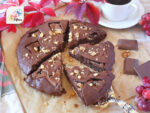

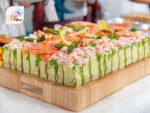
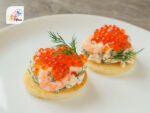
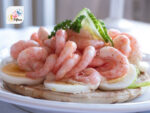
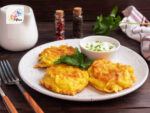
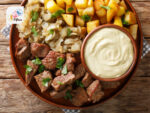
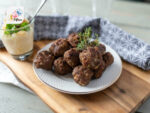
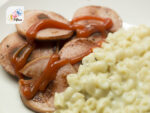
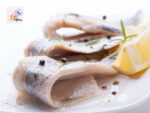
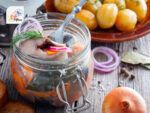
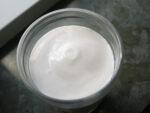
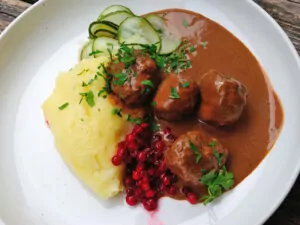
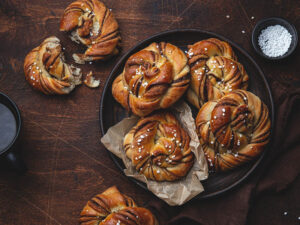
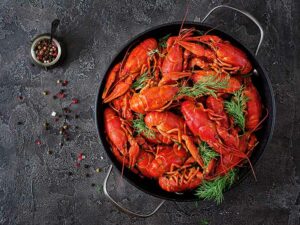
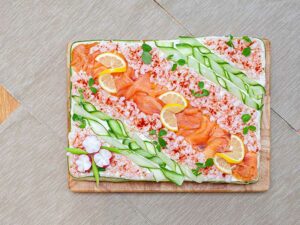
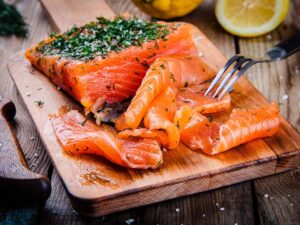
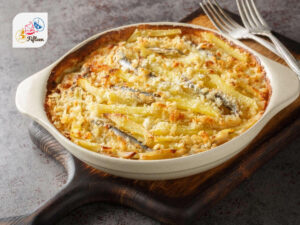
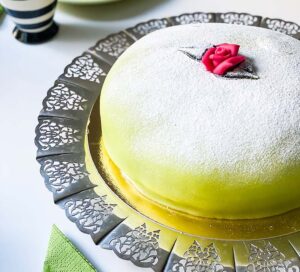
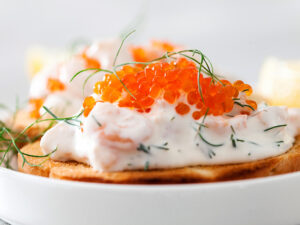
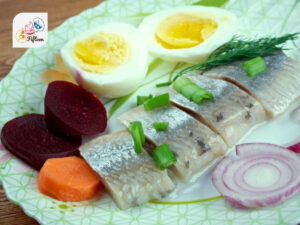
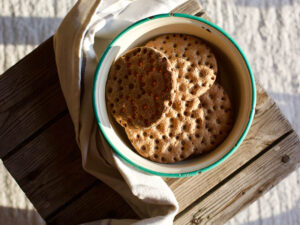
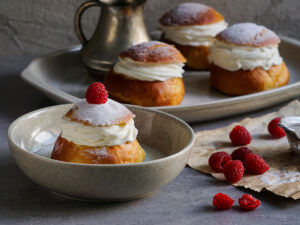
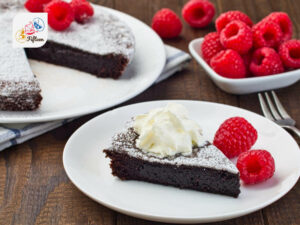
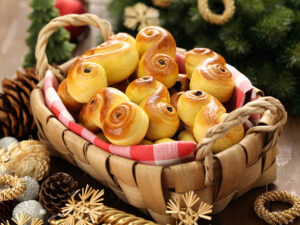
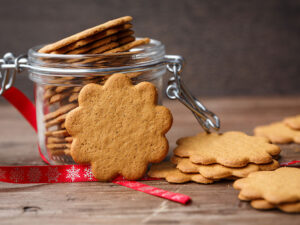
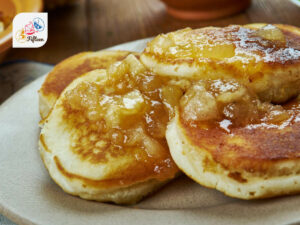
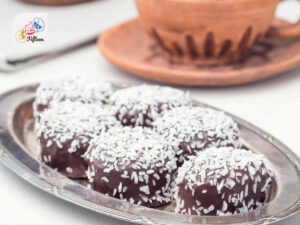
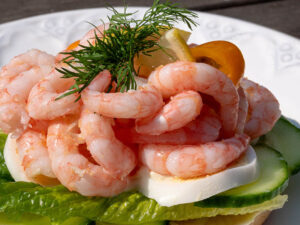
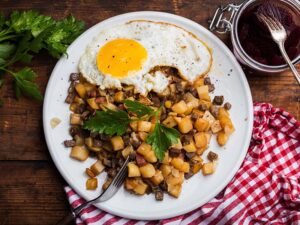
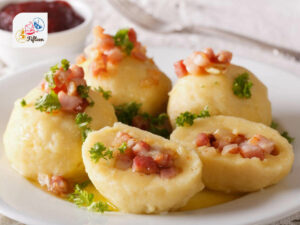
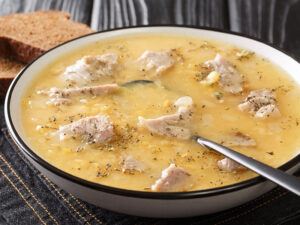
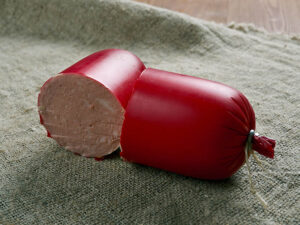
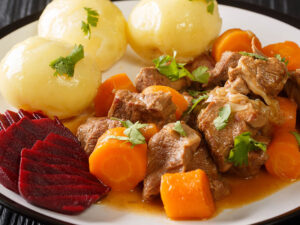
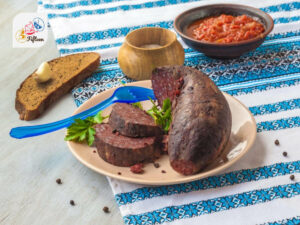
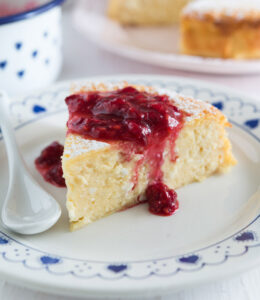
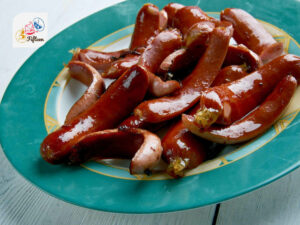
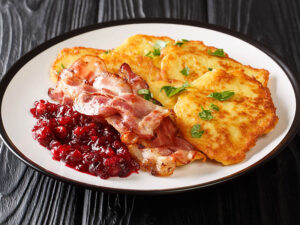
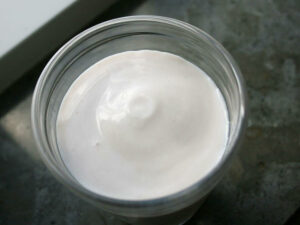
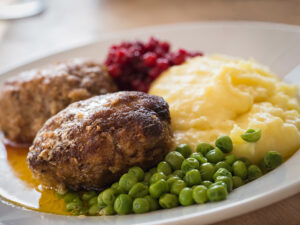
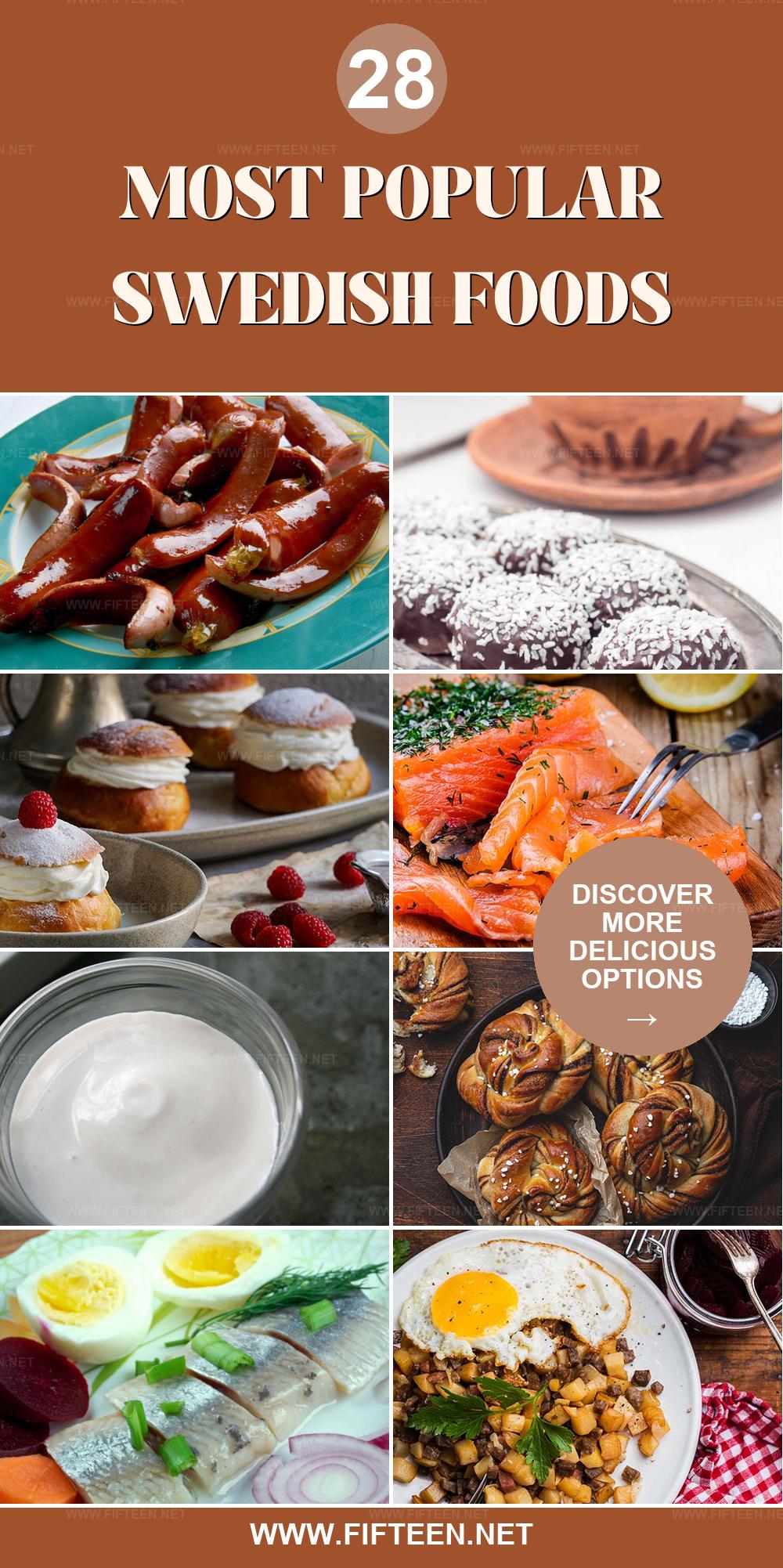
Jamie Scott
Editor in Chief, Senior Content Writer
Expertise
Home Cooking, Meal Planning, Recipe Development, Baking and Pastry, Food Editor, Cooking-video Maker, Western Food Evaluation Expert
Education
Le Cordon Bleu College of Culinary Arts
Local Community College, New York, NY
Jamie Scott is a skilled culinary expert and content creator specializing in Western cuisine. With over 15 years in the culinary field and formal training from Le Cordon Bleu, Paris, Jamie deeply understands how to blend nutrition with delicious flavors. His passion for cooking matches his commitment to making healthy eating accessible and enjoyable.
On Fifteen.net, Jamie brings a fresh perspective to classic dishes and beverages, offering readers insightful recipes, cooking tips, and a fresh view on meal planning that emphasizes taste, health, and simplicity.